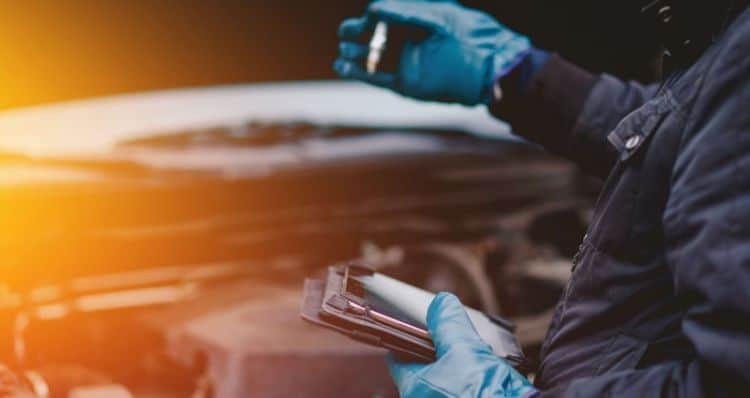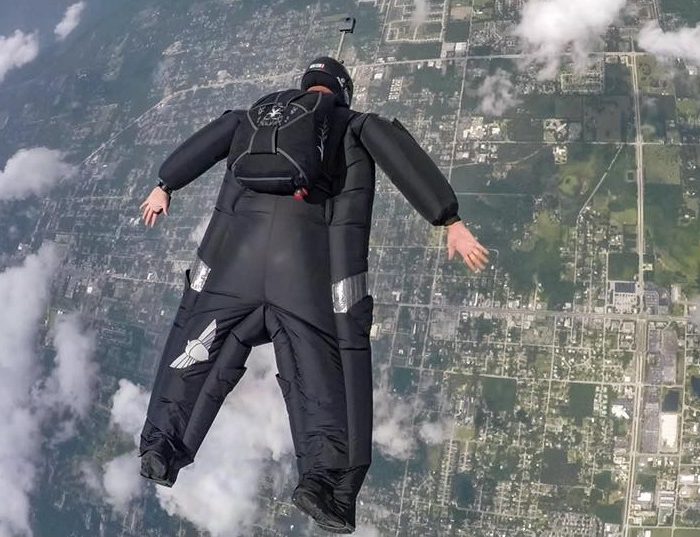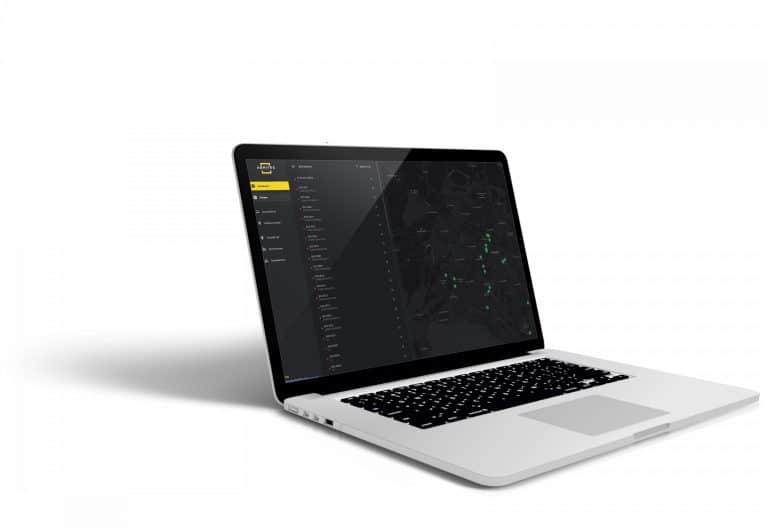TELEMETRY.
Now that we know a lot more than before about what it is that makes the racing car’s nervous system and the brains this system connects, we can move forward with communication.
Motorsport is a lot like space flight – it all looks massively complicated and unintelligible until we get to know them. The similarities are many more than you would expect. Chief among them is to be able to perform over the air constant monitoring of the craft’s vitals and determine the state in which it is at any given point in time. The ability to gather all information from a vehicle and transmit this information remotely hundreds of times a second is what we commonly refer to as telemetry.
We need to know what the value of each moving part of any race car is always doing and provide this information to the engineers and mechanics in the pits. It is not uncommon that failure to do that results in catastrophe. Back in the olden days the driver would come into the pits and share what the car was doing depending on their inputs. Nowadays this communication is done over the radio, but this is not the whole story. We need to know if something is wrong even before the driver relays this information over the radio. All the electronic systems are there to make sure the mechanical components of a race vehicle are kept in check. However, for the first time in the series about motorsport diagnostics we are in fact talking about actual diagnostics.
All race cars have preset values they should not exceed and if these values are ever exceeded, they will transmit a trouble alert (sort of a motorsport DTC if you will) to the driver and the mechanics/ engineers. Usually, the teams who develop the cars are the same teams who take care of them during the race, so they know their machines like the back of their hand.

I have been talking a lot about cars and I am sure there are bikers around who hate me for that. I am saying that because if racing cars are fast and unforgiving race bikes are double that. The recently concluded Isle of Man TT may just put it into perspective how brutal racing bikes may just be, 300kph on roads no wider than a bus for over 60km. There is simply not a more dangerous nerve testing event in sports apart from maybe base-jumping Jeb Corliss style.

Grueling, unforgiving, no mistake here remains unpunished and knowing something’s up with the bike before even the driver can feel it saves lives. In that sense races like the Isle of Man TT, Nürburgring 24h and other long distance track events just like the trophies like the Dakar, Baja 1000, 500, etc. where crews cover phenomenal distances over days and sometimes weeks the ability to instantly transmit all the data from the vehicles back to the pits becomes vital.
I know there are ways to do that, but I believe we at Abrites have developed the perfect tool for the job. It is called the CARMON and can be found HERE.
I am sure you can read all the fleet management, geo fencing, live monitoring capabilities of the CARMON but what it really excels in is fast transmission of data over the air instantaneously at an incredible price. CARMON is already developed to communicate with all the modules installed in modern vehicles over all known communication protocols so its application in motorsports is just a matter of time.

Thank you for taking the time to once again read the blog and I will see you again next week.
Alek

| Cookie | Duration | Description |
|---|---|---|
| cookielawinfo-checkbox-analytics | 11 months | This cookie is set by GDPR Cookie Consent plugin. The cookie is used to store the user consent for the cookies in the category "Analytics". |
| cookielawinfo-checkbox-functional | 11 months | The cookie is set by GDPR cookie consent to record the user consent for the cookies in the category "Functional". |
| cookielawinfo-checkbox-necessary | 11 months | This cookie is set by GDPR Cookie Consent plugin. The cookies is used to store the user consent for the cookies in the category "Necessary". |
| cookielawinfo-checkbox-others | 11 months | This cookie is set by GDPR Cookie Consent plugin. The cookie is used to store the user consent for the cookies in the category "Other. |
| cookielawinfo-checkbox-performance | 11 months | This cookie is set by GDPR Cookie Consent plugin. The cookie is used to store the user consent for the cookies in the category "Performance". |
| viewed_cookie_policy | 11 months | The cookie is set by the GDPR Cookie Consent plugin and is used to store whether or not user has consented to the use of cookies. It does not store any personal data. |